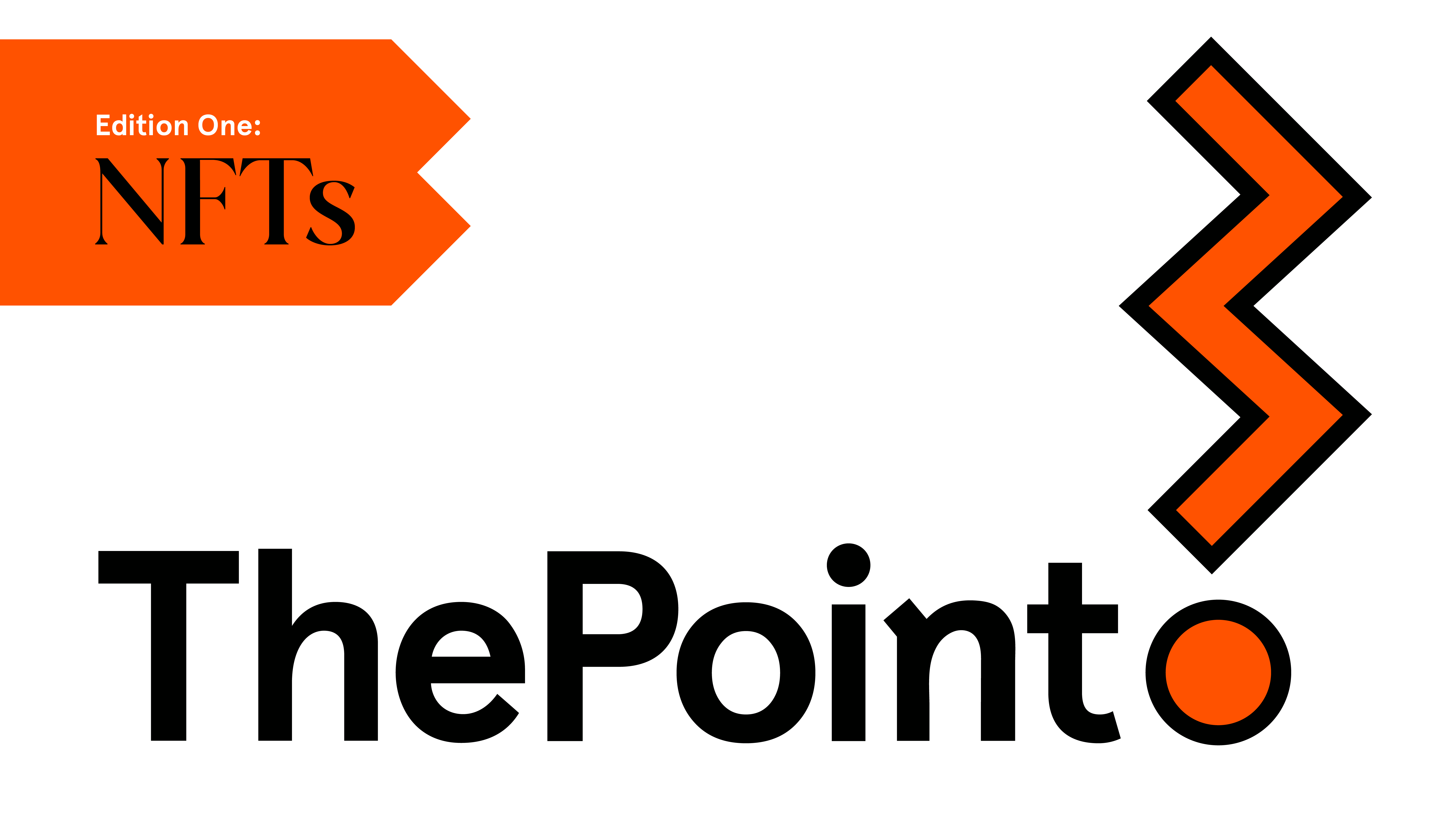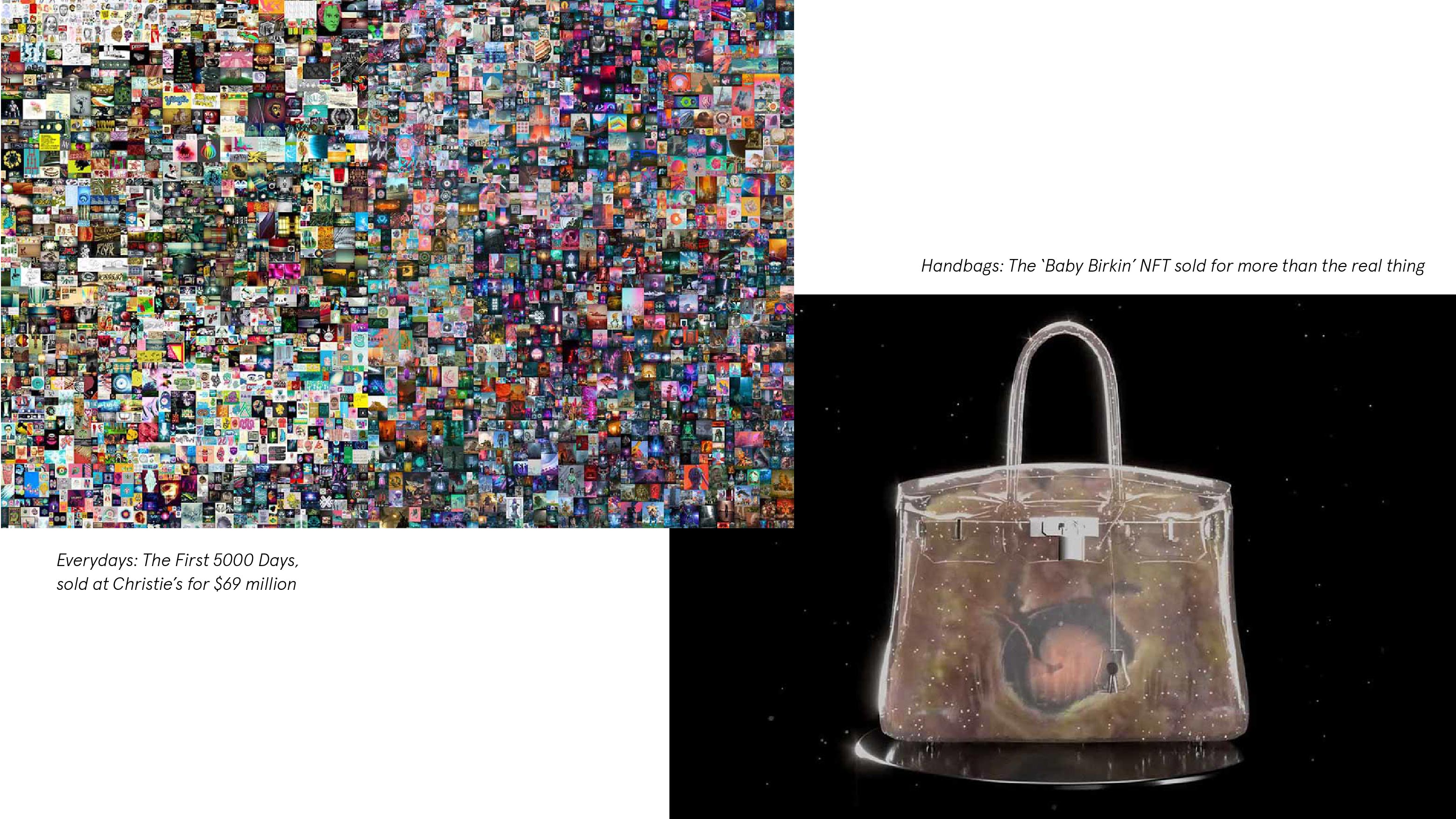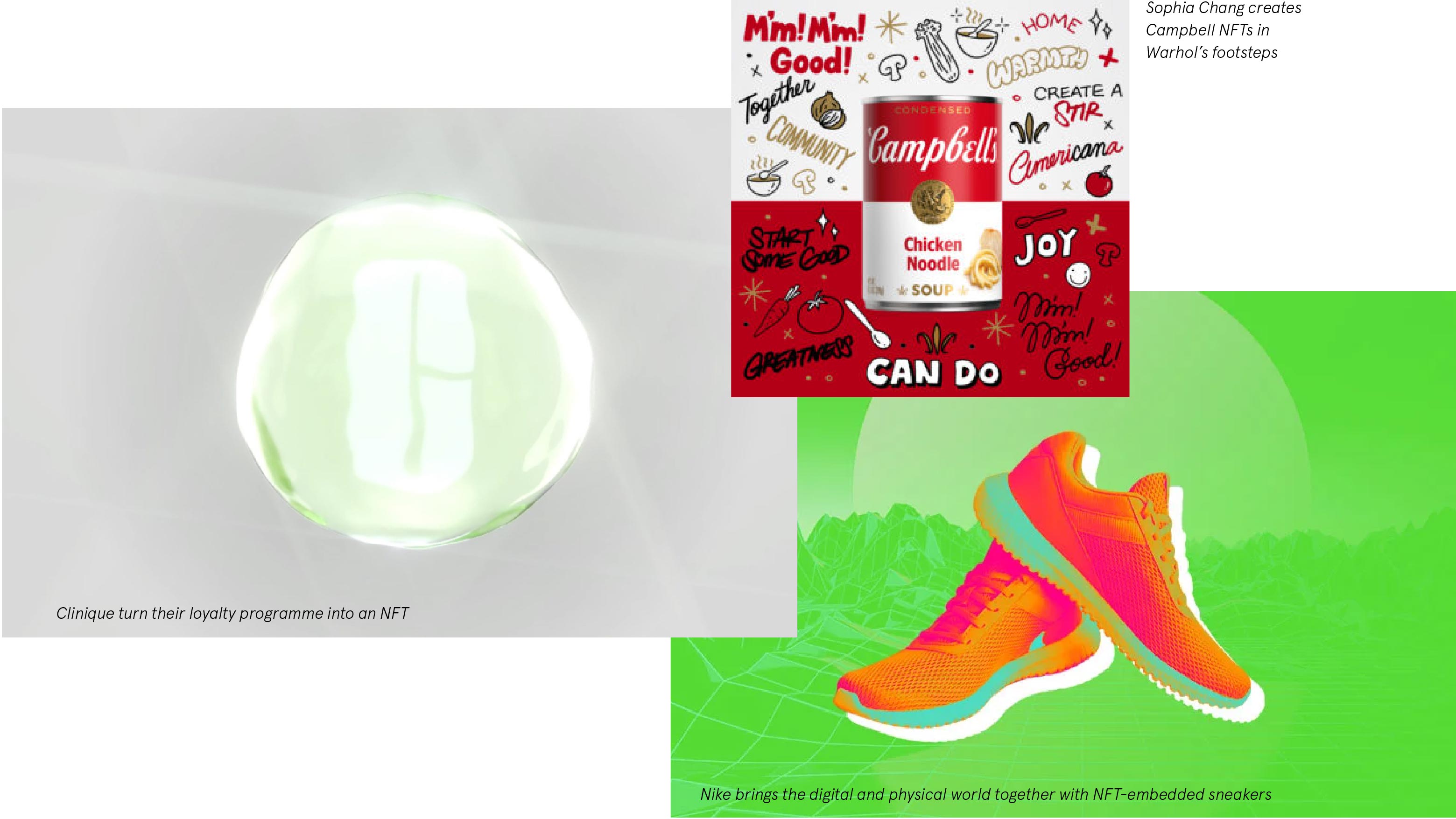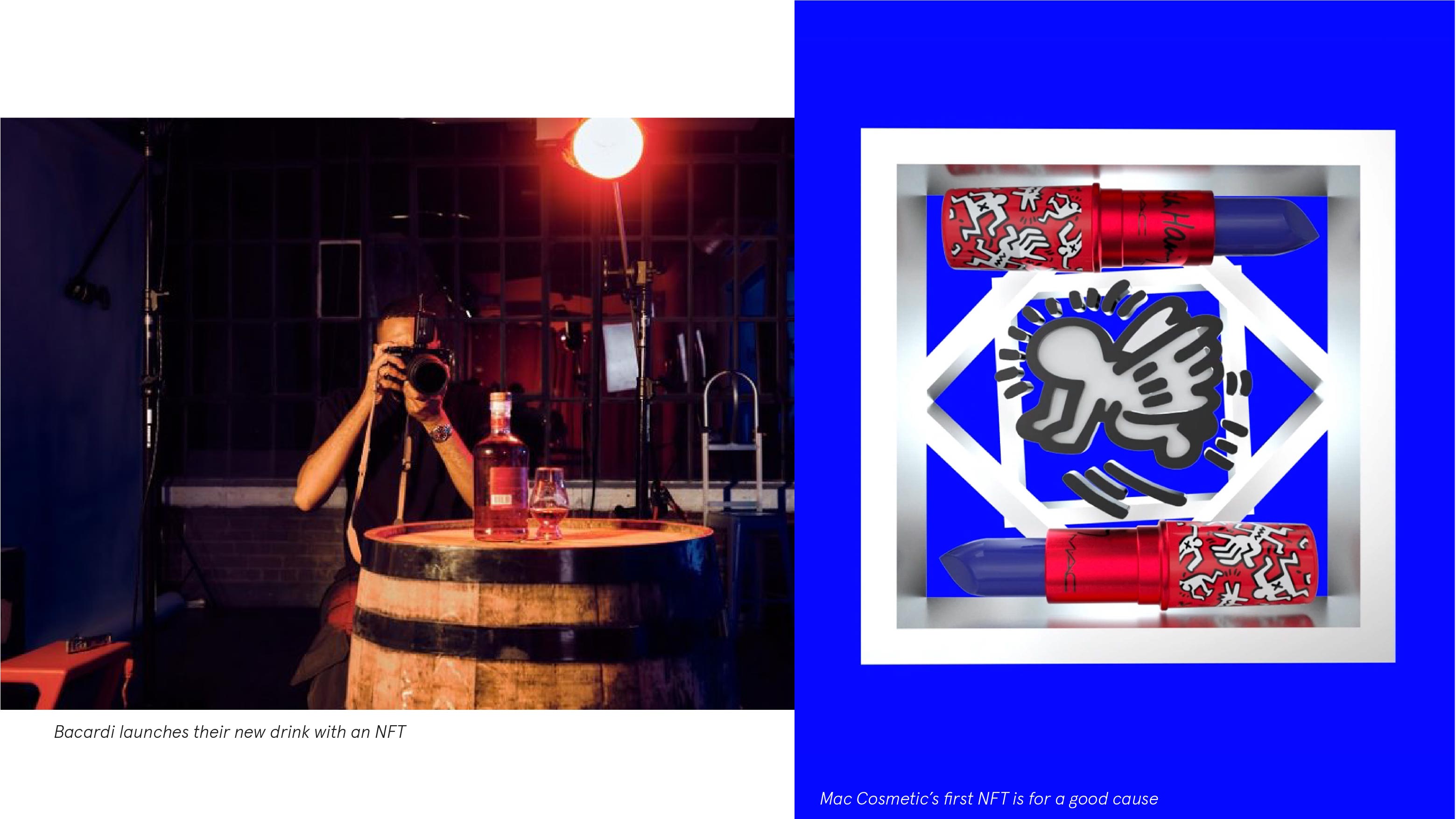Get to The Point with our monthly take on the hottest topics.
This time, we explore what NFTs mean for culture, consumers and brands.

Get to The Point with our monthly take on the hottest topics.
This time, we explore what NFTs mean for culture, consumers and brands.
If you’ve not yet bought into their hype, or you already own a cartoon ape, you probably fall into one of these three groups…
The ‘why would anyone pay so much money for something that’s not real?’ people.
Those who think ‘it’s all a bubble and that it will burst sooner or later.
The ones who see it as a way celebrities can promote their dodgy schemes.
These beliefs, plus NFT’s close ties to cryptocurrency (and its sudden and spectacular nose-dive in value) have given them an image problem. It’s become a flame that’s fanned in articles all over the internet with mentions of ‘rubbish’ art selling for ridiculous prices.
From Beeple’s $69m collage to the ‘Baby Birkin’, it’s no surprise people are sceptical.
For NFTs to work, this flame needs to be extinguished.
Or maybe we just need to wait for the hype to die down.

the application of scientific knowledge for practical purposes.
So, what’s an NFT’s purpose?
According to YouGov, almost half of consumers worldwide don’t know what an NFT is, does or looks like. And why would they?
Without a problem to solve, NFTs have become virtual collectibles for fans of artists, sports teams and brands. They’re cool club ‘tech’, exclusive by nature and only for big spenders and I.T. wizards who know their ins and outs.
One way is to use NFTs to drive loyalty and connect more deeply with consumers. This is something Clinique has done well, by using NFTs as an incentive to encourage entry into their loyalty scheme. Each entry gives consumers the chance to win an NFT of their own.
And Nike have jumped on the NFT bandwagon to help consumers guarantee their cool new products are also the real deal.
They’re countering the counterfeits and killing two consumer needs with one stone.
By making the most of their blockchain functionality and capitalising on the consumer need for transparency, brands will see their NFT value skyrocket, and not just in terms of how much they can sell them for.
But, failure to use NFTs to their potential (whatever that may be) and continuing down the meaningless road that most brands traverse, might see NFTs become obsolete before they ever really got going (remember Google Glass?).
No one wants that.

There’s an obvious appeal for the shiny and new (especially if there’s money involved), but whether an NFT is right for a brand… ultimately depends on the brand.
How big is the brand? How well do consumers engage with it?
And what’s the reason behind getting one?
Some brands lend themselves well to NFTs. The ones with high symbolic values, like luxury, fashion, cosmetics and alcohol. They’re the ones leading the way, and the ones the rest should follow.
Brands like Bacardi are using NFTs to launch new products and to open doorways into brand experience. They connect to the music and culture that the brand strongly identifies with.
They’re doing things differently, often not just art for art’s sake but for good causes too. They connect with their own brand idea, purpose and have the best shot at succeeding.
But they’re still a risk.
NFTs can strengthen the consumer-brand relationship by rewarding loyalty and giving their proceeds to charity. MAC is a great case study for using NFTs as a way to drive their CSR.
They can help gain new fans, with the PR hype that follows an announcement.
And they can turn consumers away for being gimmicky and disingenuous to their brand beliefs too.
It’s a risk that can earn big rewards or come at a cost. As more and more brands get in on the NFT action (and get it right), their effect is diluted and more often expected.
Well… both.
